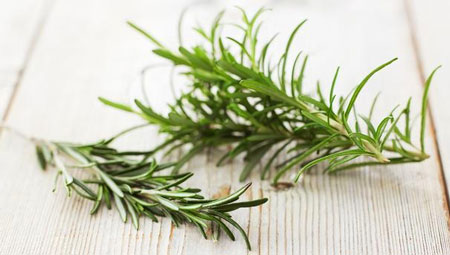The rosemary plant is blue-green with needle-like foliage as well as a compelling fragrance which contribute to make this tender and perennial plant a favorite with gardeners. Rosemary seeds germinate erratically and slowly hence the common practice of propagating them through cuttings. Although a glass of water is sufficient for rooting the Rosemary plant, additional effort offers more favorable results.
The chosen site should be capable of getting full direct sunlight as well as a light afternoon shade and excellent drainage.
- Raised beds are ideal for rosemary which prefers average to poor soil with a 6.5 to 7.0 pH.
- Set the transplants aground at a similar depth to the one at the nursery pots.
- A minimum of 2 feet should be spared around the plant to guarantee favorable air circulation.
- Clip sprigs or leaves anytime they are required.
Growth of Rosemary in Cold Climates
- Buy started plants from nurseries for planting during early spring.
- Clay pots should be used and the required proportions are at least a depth of 12 inches and a width of 12 inches as well as many drainage holes.
- The clay pots should then be filled it with coarse and light potting mix, for example cactus soil and an addition of perlite. Set the plants into new quarters while ensuring the depth is similar to the primary one at the nursery pots.
- After the frost danger passes, harden off the plants and moved outdoors
- Ensure regular watering is done while making sure the soil is vaguely moist but not wet. During early summer and spring, compost tea should be fed to the plants on a monthly basis.
- The plants should be brought back indoors way before the foremost frost and put in a sunlit area west-or-south facing window. If there is scarcity of winter sunlight in the house, the supply should be augmented the supply using fluorescent lights.
- Keep the soil moist by watering tepid water to the plants twice in one week.
- Clip sprigs or leaves anytime they are needed.
Rosemary repels bean beetles and cabbage moths and is a plant that should be planted where it is intended to stay because it resents being transplanted. For the ideal selection of orchid plants, it is recommendable to purchase rosemary plants from herb specialists. When winter temperatures drop below thirty degrees Fahrenheit, it is generally advisable to plant the plant containers preferably terracotta all year to avoid transplanting.
Author bio:
This article is presented to you by www.growguides.net , a website offering free tips and advices on gardening to people all over the world.
